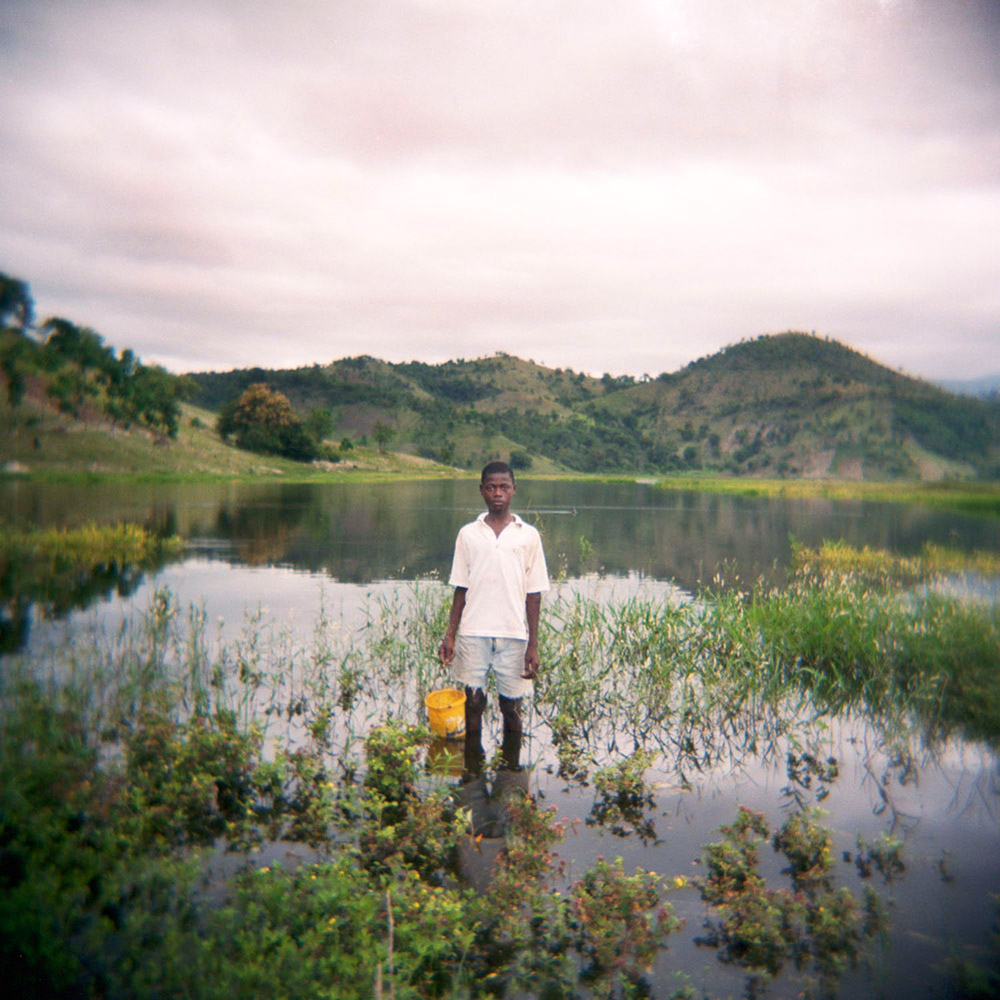
Some of best images at this year’s LOOK3 Festival of the Photograph were not made by professionals, but by amateurs — participants in “social photography workshops” in Haiti run by the non-profit organization Fotokonbit. By establishing partnerships with existing organizations in Haiti, and thanks to a couple of big-name advisors — legendary photographer Maggie Steber and renowned Haitian author Edwidge Danticat — Fotokonbit has been able to expand and multiply the benefits of the work beyond the workshop participants to their communities at large.
The Haitian Creole word “konbit” denotes the idea of similar talents joining together to work towards a common goal. The founders — a group of photographers, educators, and artists — came up with the idea for Fotokonbit a few years ago to “empower Haitians to tell their own stories and document their community”, but it was the 2010 earthquake that gave the group new urgency. They saw that its greatest purpose could be a unique way to give the Haitian people a voice in the portrayal and documentation of — and advocacy for — their own circumstances during the aftermath of the earthquake, when the need for aid and attention was greater than ever.
About half of the participants in their first workshop for adults were people who had been displaced from their homes in Port-au-Prince by the earthquake. Fotokonbit also managed to acquire a few digital cameras that participants can use to photograph weddings, baptisms, and other events as a way of establishing a new source of income. The group is currently raising funds to build a photography studio with the same idea in mind.
The images produced by the workshop participants can serve multiple purposes — the most striking ones appear in a traveling exhibition, others become part of a historical archive, and some serve as personal mementos for people who may have lost the majority of their personal possessions in the earthquake.
One of the most innovative uses for the photographs has been as documentary evidence for aid organizations. During three recent workshops for teenagers and younger adults living in tent communities, participants were asked to photograph aid efforts that they thought were successful, and to demonstrate needs that had not yet been met. Fotokonbit’s partnership with the American Embassy helped to get the work seen by the international aid community in Haiti.
At a time when the world’s attention has moved away from Haiti, Fotokonbit is giving Haitians themselves an opportunity to represent themselves photographically, and finding original and compelling ways to use photography to call attention back to Haiti and its struggles.
More than 50 pictures by Fotokonbit workshop participants will be exhibited in the SHOTS slideshow at the Charlottesville Pavillion at 9pm on Friday, June 10th, as part of the LOOK3 Festival of the Photograph in Charlottesville, Va. This event is free and open to the public.
For information about supporting Fotokonbit’s photography workshops, please visit their donations page.
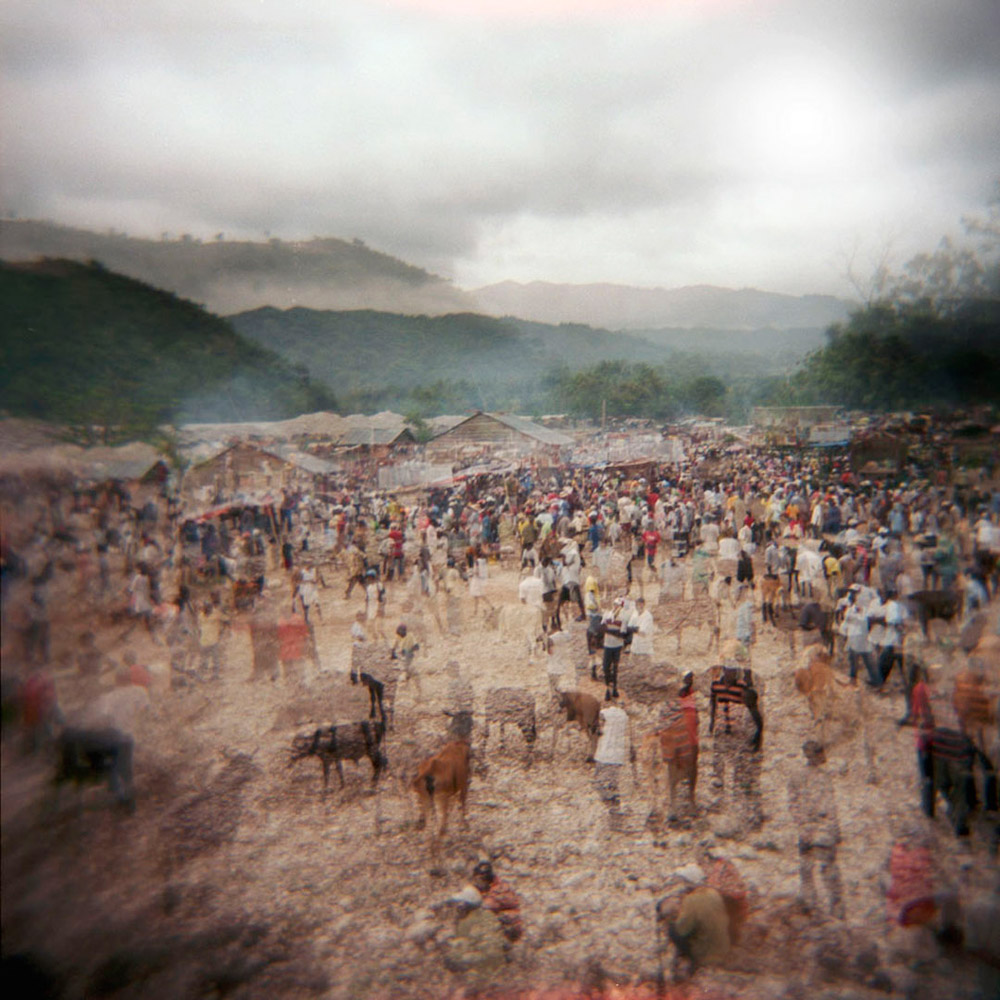

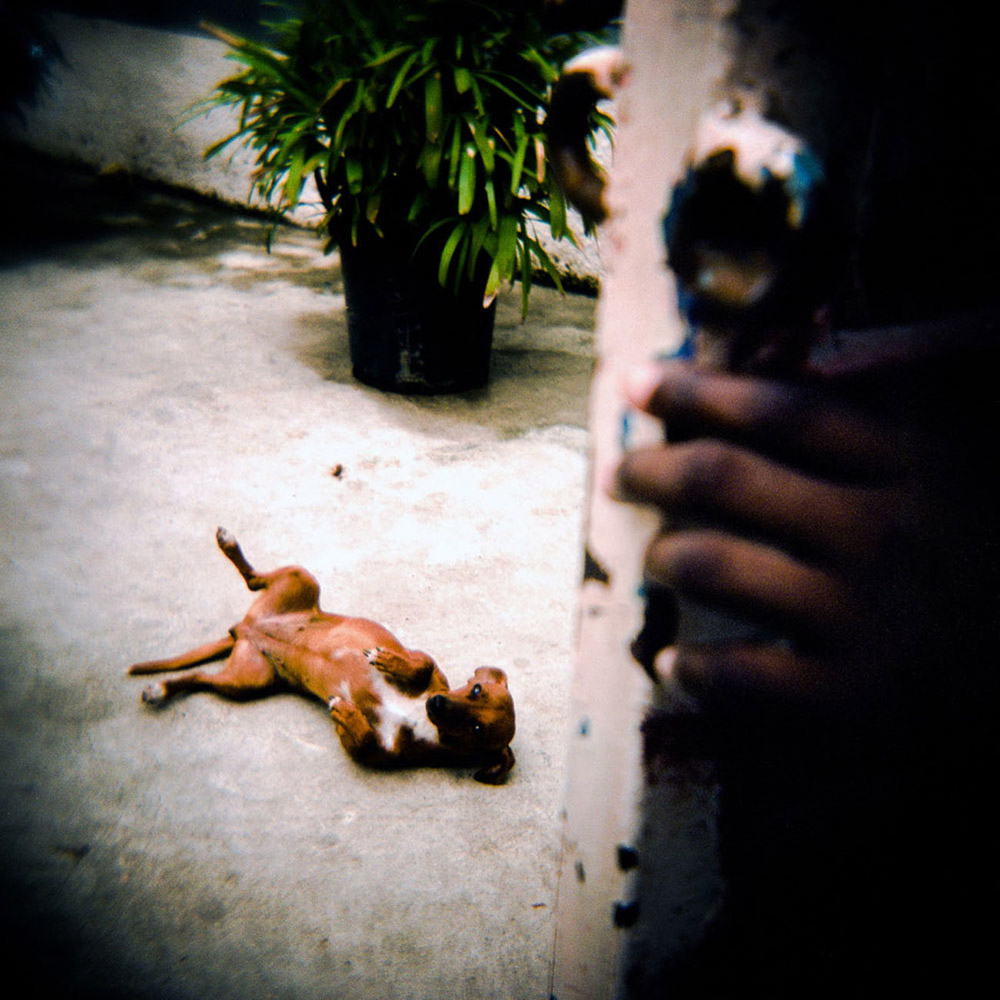
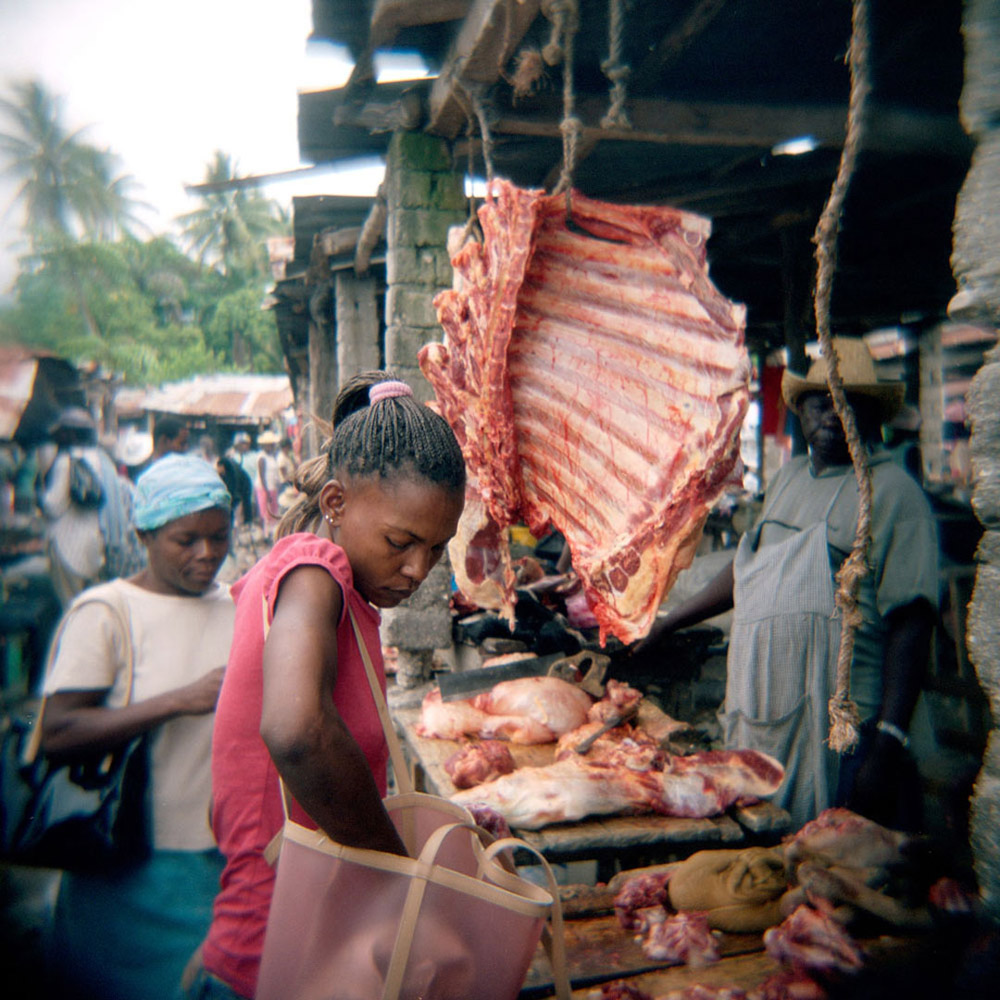
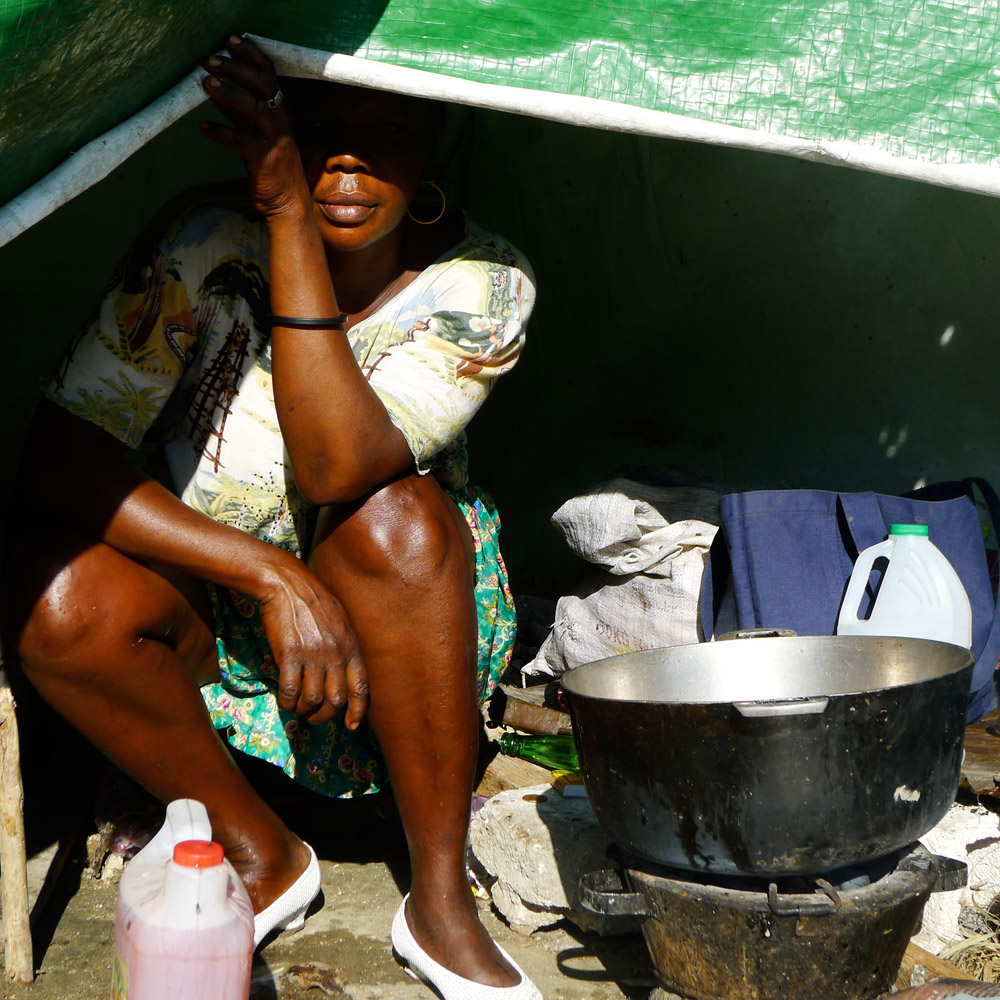
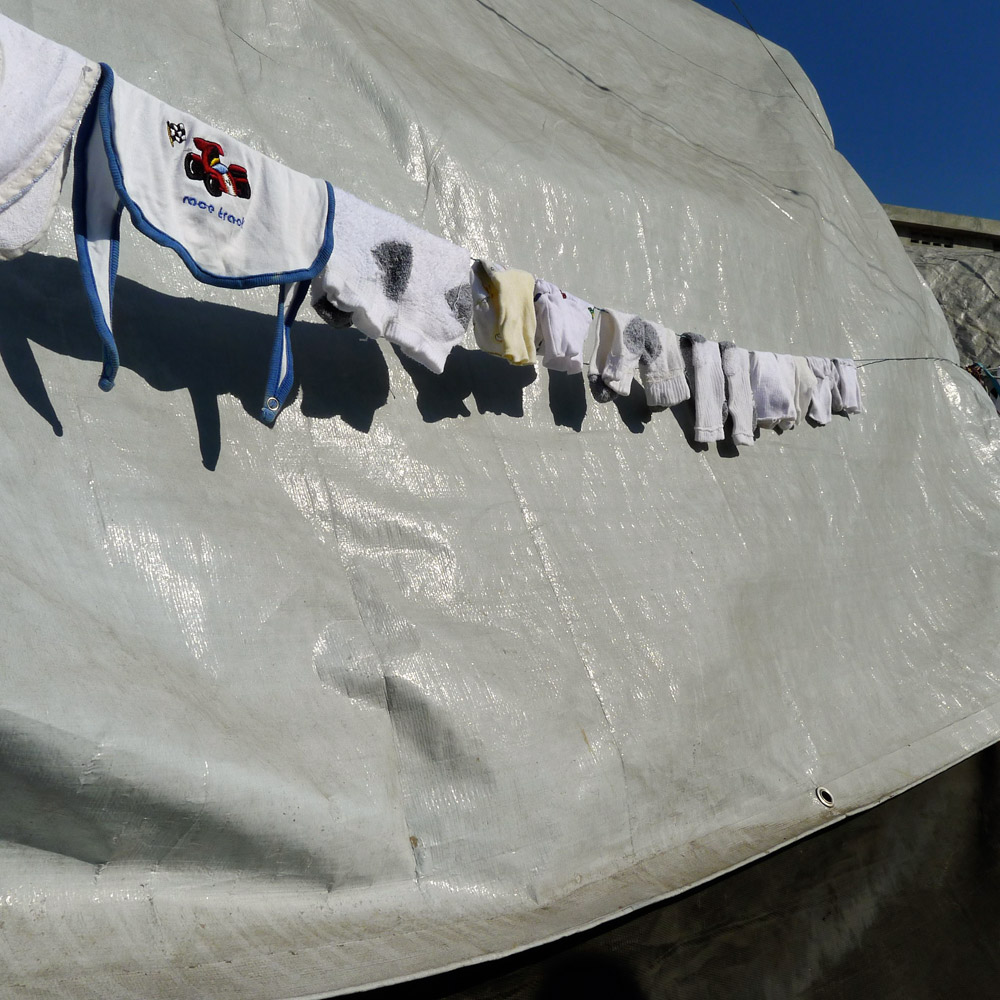
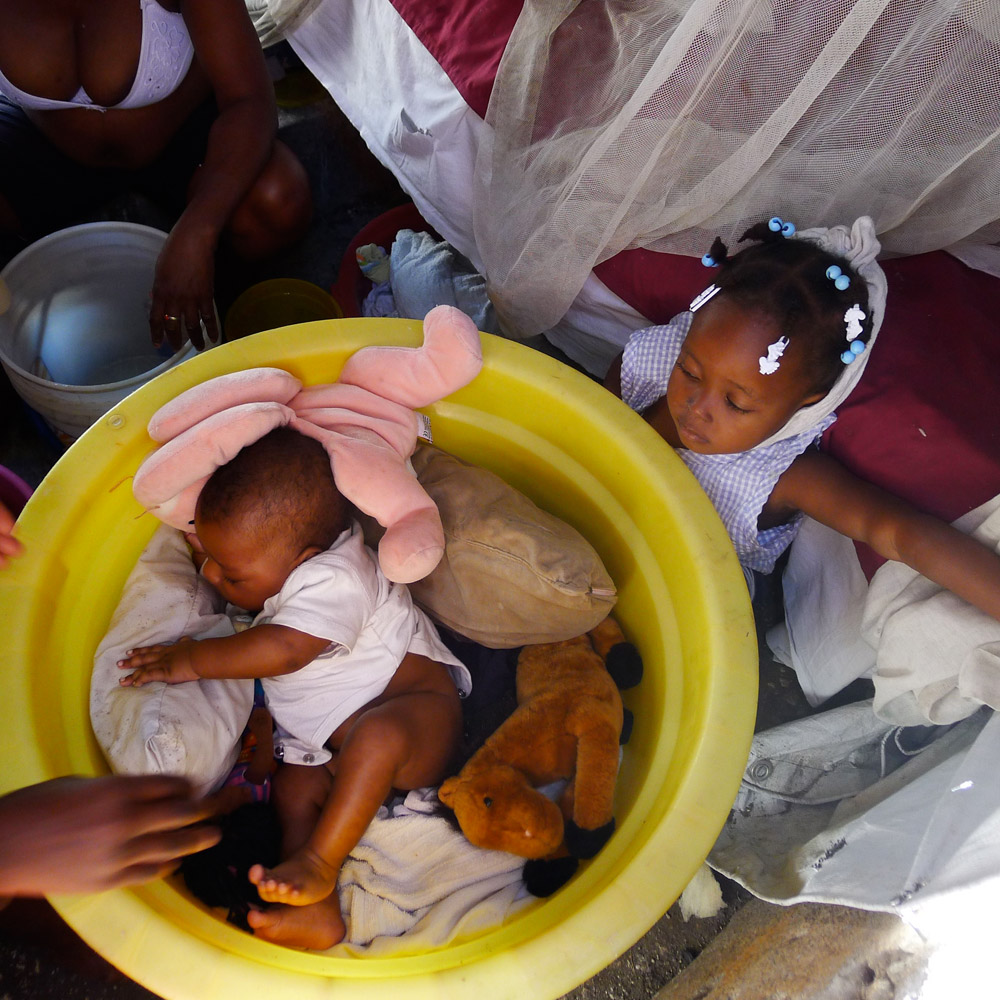
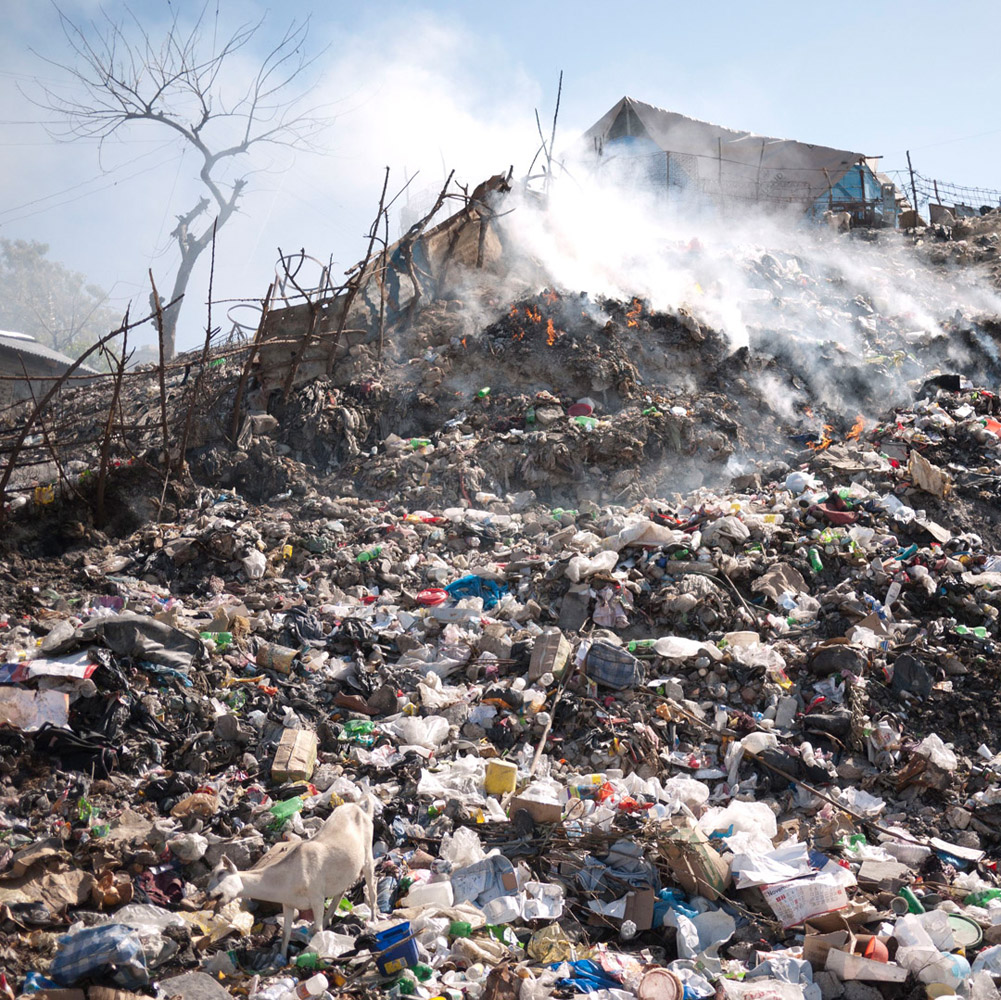
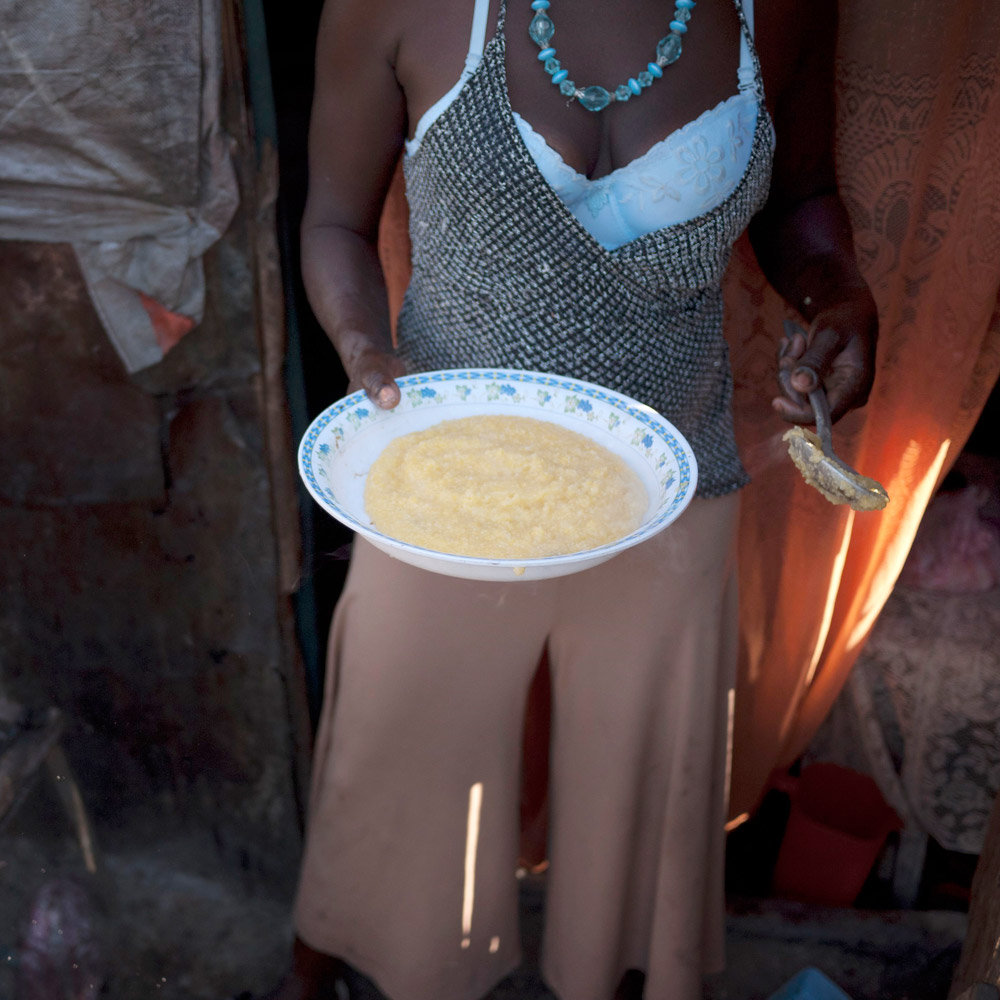
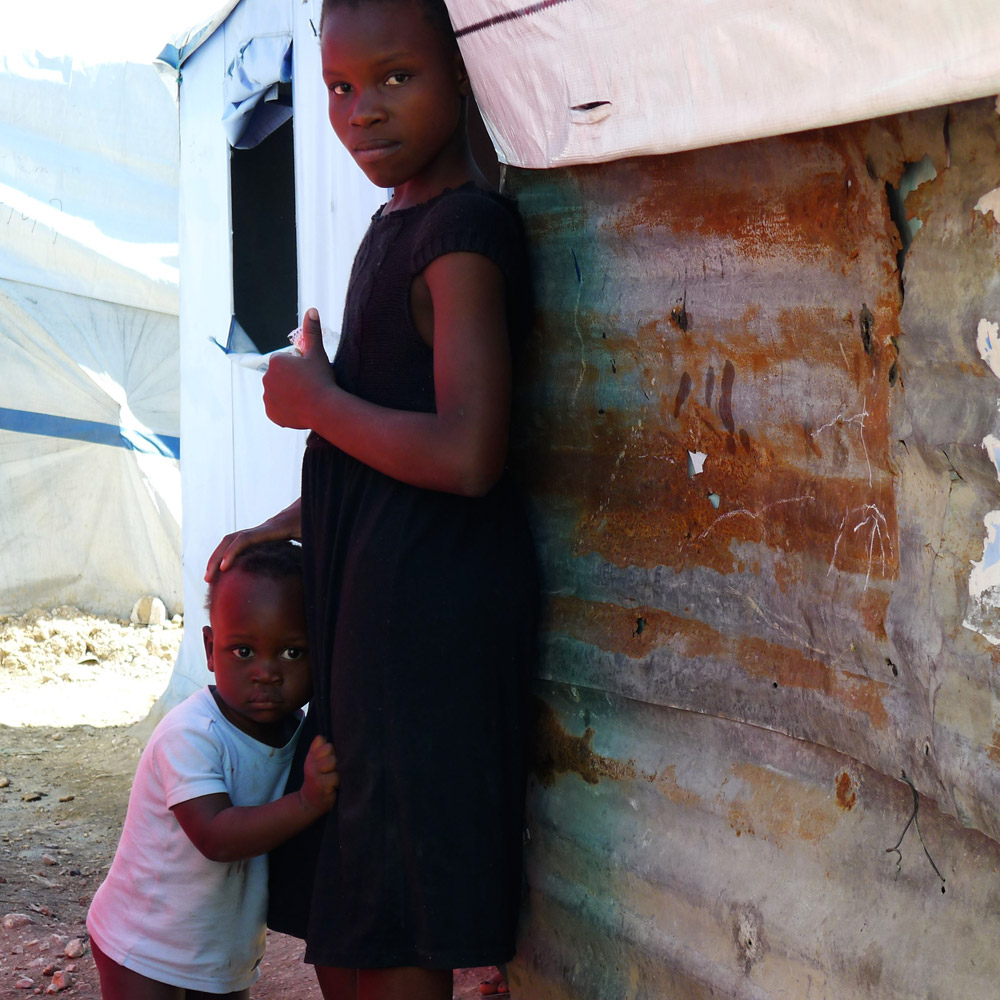

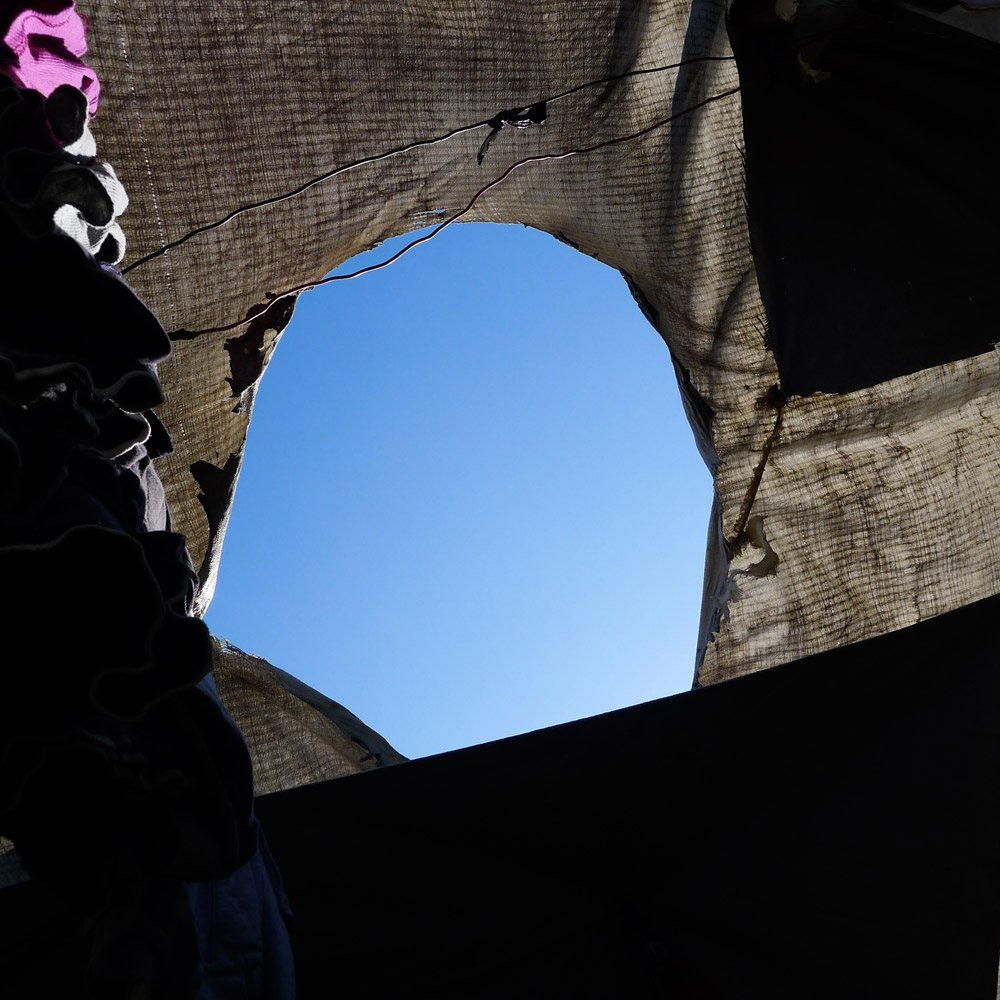
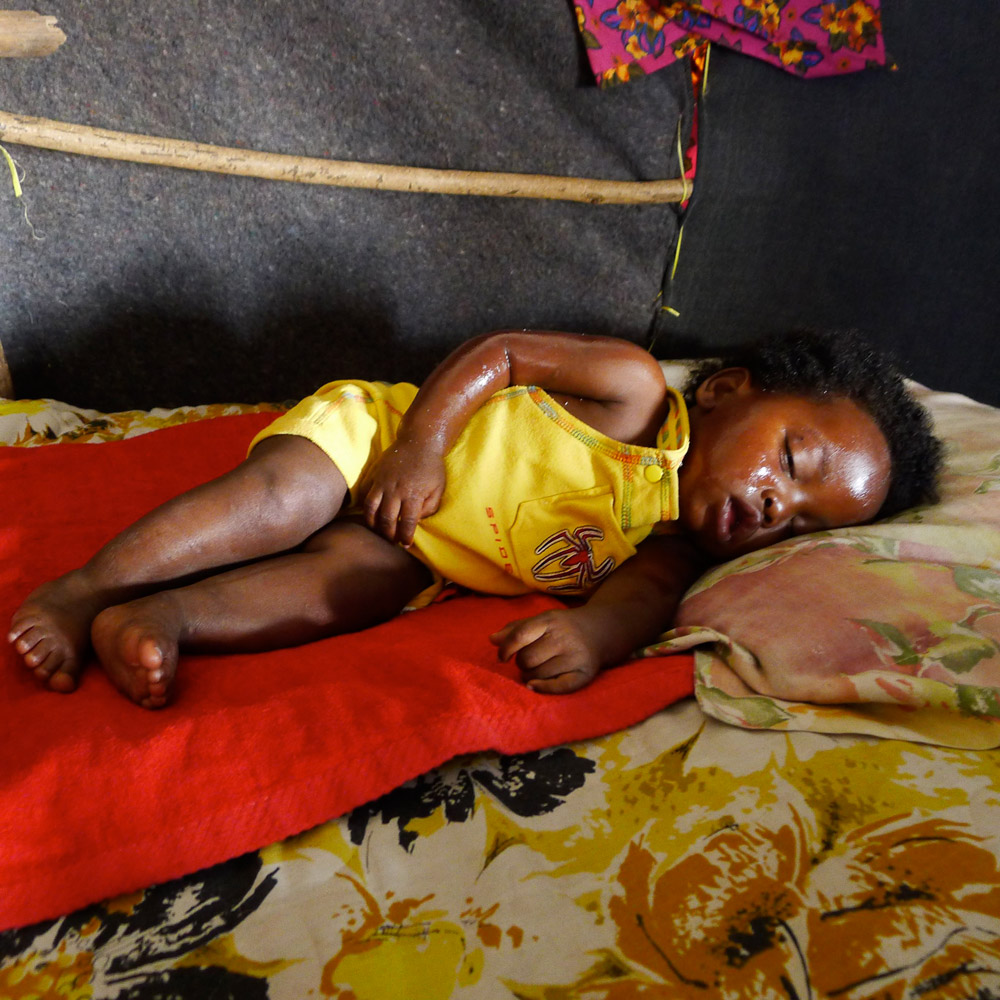
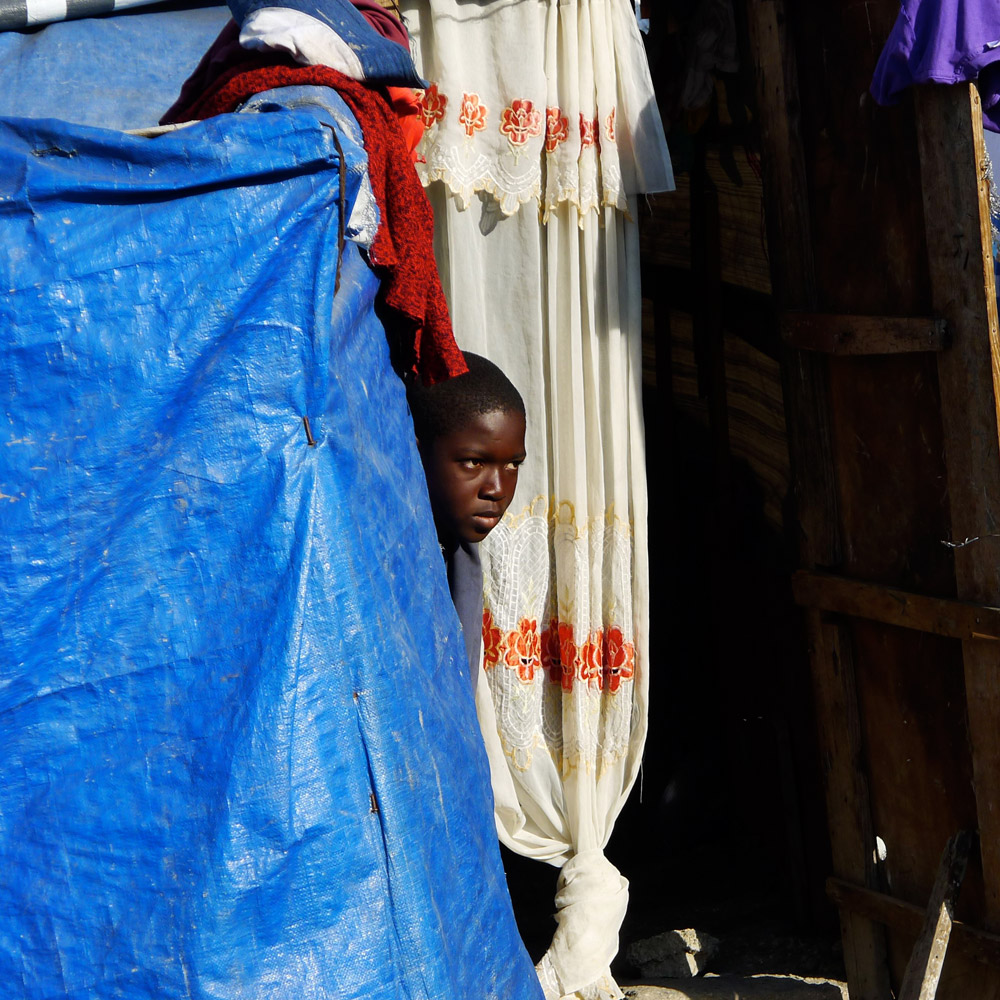
More Must-Reads from TIME
- Where Trump 2.0 Will Differ From 1.0
- How Elon Musk Became a Kingmaker
- The Power—And Limits—of Peer Support
- The 100 Must-Read Books of 2024
- Column: If Optimism Feels Ridiculous Now, Try Hope
- The Future of Climate Action Is Trade Policy
- FX’s Say Nothing Is the Must-Watch Political Thriller of 2024
- Merle Bombardieri Is Helping People Make the Baby Decision
Contact us at letters@time.com